The views expressed in our content reflect individual perspectives and do not represent the authoritative views of the Baha'i Faith.
Every artist and craftsperson has probably heard one common question many times: “Where do you get your ideas?”
My grandchildren, ages 9 and 12, are my teachers. They have imagination and curiosity. They ask questions and follow their fascination. I admire their openness and non-judgment; they unhesitatingly question assumptions. I love that they see the world as a place of wonder and mystery and have a huge thirst to learn.
My practice as a furniture designer-maker is sustained through my passion for creativity, which I believe all people potentially have and can cultivate.
I am encouraged by Esmyr, my wife, who tells me: “only do what you want to do!” Still, it still took me nearly 40 years to learn to do creative play without regard to outcome.
So, let’s explore “ideas in the making” – what I call the creative process I’ve developed to generate the ideas I use in my designs.
RELATED: The 4 Stages of Learning a Craft
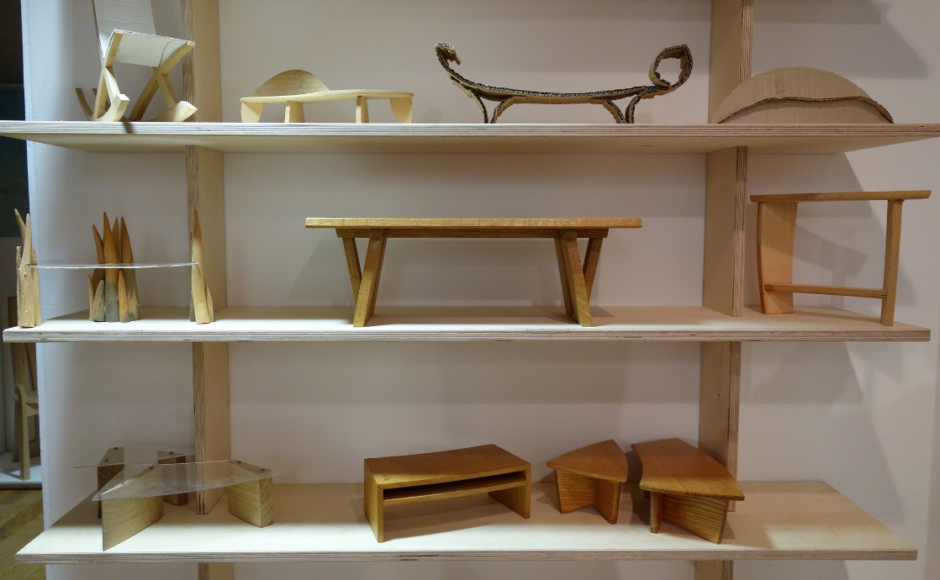
First and foremost, the Baha’i writings provide artists and craftspeople with guidance on how to integrate their spiritual and creative practices. By reflecting on these writings daily – like this one from the Baha’i Faith’s founder Baha’u’llah – I have learned to apply my own insights to my creative practice: “Take thou thy portion of the ocean of His grace, and deprive not thyself of the things that lie hidden in its depths. Be thou of them that have partaken of its treasures.”
I’ve found, through long experience, that “the ocean” of the Creator’s grace has a wealth of creative treasures in its depths, if we would only dive in.
Creative Play
Cultivating a daily spiritual practice requires time and preparation, as does creative play. In 2014 I managed to arrange my professional affairs so that I could have four months off from commissions to just play and develop ideas. During that time, I was only accountable to myself. I found that I had to be patient. Just like trying to germinate a seed, embryonic ideas need the right environment to grow.
Of course, we have a natural tendency to claim ownership of “our” ideas. But where do ideas really come from? Reflecting on both the Baha’i teachings and the Platonic ideal, I came to an understanding that ideas are gifted to us from the spiritual realm.
So really, the artist or craftsperson simply acts as the creative facilitator of an idea. In this sense, this world mirrors a greater spiritual reality. When we turn our meditative faculties toward that spiritual realm, we can be inspired with original thoughts and ideas. According to Abdu’l-Baha: “Meditation is the key for opening the doors of mysteries. This faculty brings forth from the invisible plane the sciences and arts.”
This understanding changed my perspective and attitude about generating ideas.
Accordingly, I no longer feel as attached to “my” ideas as I did in the past – and I have also found a direct relationship between creative practice and spiritual practice. While we are all very influenced by our preoccupations and conditioning, daily practices of prayer and meditation can moderate these influences.
The physical law of entropy, then, has a spiritual parallel. The practice of daily prayer and meditation polishes the mirror of our hearts, reversing the degenerative effects of entropy, so we can learn to rise above our preoccupations. This enables us to become more spiritual and more mindful, attracting the susceptibilities of a higher intelligence. As the Baha’i writings say:
All art is a gift of the Holy Spirit. Its appearance in every mirror is conditioned by the colour of that mirror … when it manifesteth itself in the mirrors of the hearts of craftsmen, it unfoldeth new and unique arts …
Unlearning
Through developing a range of skills, we gain muscle memory and ways of seeing as part of our creative process. Over time, these habits can sometimes limit our ability to be creative. If we want to change our practice, we have to learn new habits. David Bowie, for example, would ask his musicians to swap instruments. Inspired by Paul McCartney, the composer Howard Goodall stopped composing on the piano because he said his muscle memory was having too great an influence on the style of his new compositions. Recently, I have been learning new skills to overcome the accumulated habits of a lifetime, such as new woodworking techniques, sculpture, and developing my drawing skills. This has helped me to learn to see with an independent eye, as Baha’u’llah recommended: “See with thine own eye and not though the eyes of others, and shalt know of thine own knowledge and not through the knowledge of thy neighbour …”
Conversation as a Dialogue with Ideas
Creative ideas rarely begin fully formed. In my practice, an idea usually evolves from a tentative beginning such as a vague form, a motif or even an impulse, an energy. My ideas tend to develop iteratively through sketching or model-making, emerging organically, a bit like a good conversation. When an idea begins to gain traction, I’m on a mini-adventure. However, I am aware that there is no guarantee that an idea will go anywhere. I’m also quite happy to be inspired by someone else’s work to kick-start the process. Picasso went as far as to say that he stole many of his ideas! The journey is more important than the starting point.
My knowledge of wood and the techniques I use are an essential part of this dialogue. Wood is remarkably diverse and versatile. This enables me to experiment and learn how far I can manipulate the material into new forms. I don’t impose my idea on the material; I Iisten, feel, and observe. I have to be receptive to the ways the material responds by adapting or modifying my ideas. This process is a form of reflective conversation, opening up possibilities, as the Baha’i writings point out: “The source of arts, crafts and sciences is the power of reflection.”
RELATED: Out of the Woods: Designing a Sustainable Crafts Practice
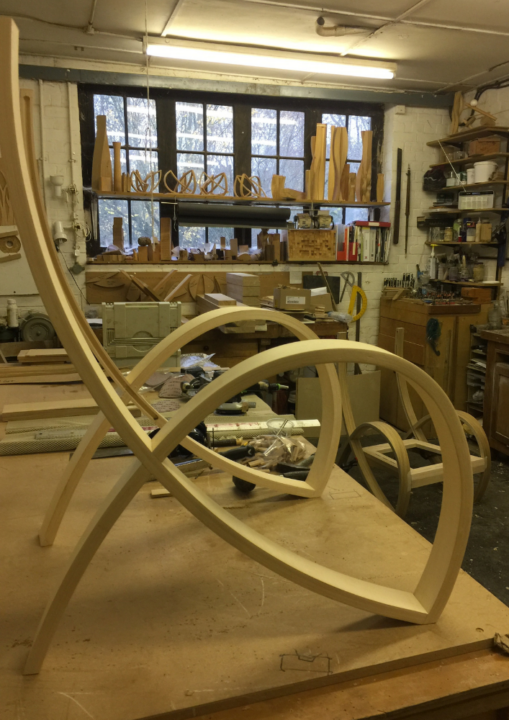
Learning through Failure
Success, I’ve found, is usually the outcome of failure. Over many years, I have learned that an attitude of humility is essential – so I can learn from my failures.
Most artists and craftspeople are comfortable with failure. Scientists have a word for it: experimentation. Like experimentation, the creative process can be a form of purposeful play: observing, questioning, hypothesizing. The secret of success is to never give up. As the renowned playwright Samuel Beckett said:
Ever tried.
Ever failed.
No matter.
Try again.
Fail again.
Fail better.
We learn when we adopt a positive attitude to failure, which explains why perseverance is probably more important than natural talent in creative endeavors. Perseverance is necessary because our failures usually far exceed our successes. It can be disappointing how many ideas don’t gain traction and just fall by the wayside. However, once something intuitively feels right, it is important to focus and persevere with exploring the idea to see if it has potential. If we give up too soon, we will never know what is possible. As Abdu’l-Baha explained: “So long as the thoughts of an individual are scattered he will achieve no results, but if his thinking be concentrated on a single point wonderful will be the fruits thereof.”
Conversation as Consultation: Igniting the Spark
I am often surprised when new insights are revealed through face-to-face conversation. By inviting feedback from others, we gain new insights which open up new creative portals. As I work on my own, I value the conversations of any willing participant. I find that feedback from artists is particularly rewarding. While the creative process is universal, each practitioner has a unique perspective developed through their respective discipline. Dancers, musicians, and poets will each interpret ideas from their own creative perspectives. I once showed a small model of an experimental form to different artists – and was amazed when an architect saw a potential building, a jeweller saw an earring, and I saw a sculpture. The Baha’i writings described this magic as, “The shining spark of truth,” which “cometh forth only after the clash of differing opinions.”
Usually, I find an openness and honesty among artists, who readily reveal their creative souls and share their insights. Through these collaborations I am discovering the creative potential of the art of consultation: “For everything there is and will continue to be a station of perfection and maturity. The maturity of the gift of understanding is made manifest through consultation.”

The “Aha” Moment!
How do I know when I’ve discovered something new or original? My guiding principle is surprise, the experience of the unexpected. This beautiful gift reveals itself through different perspectives, igniting and generating something new. To find that excitement, we need to polish the mirror of our hearts so we can reflect our sense of wonder and mystery of the Divine creation in our own creations. I believe, as Baha’u’llah taught in The Hidden Words, that this is our calling: “O Son of Spirit! My first counsel is this: Possess a pure, kindly and radiant heart, that thine may be a sovereignty ancient, imperishable and everlasting.”


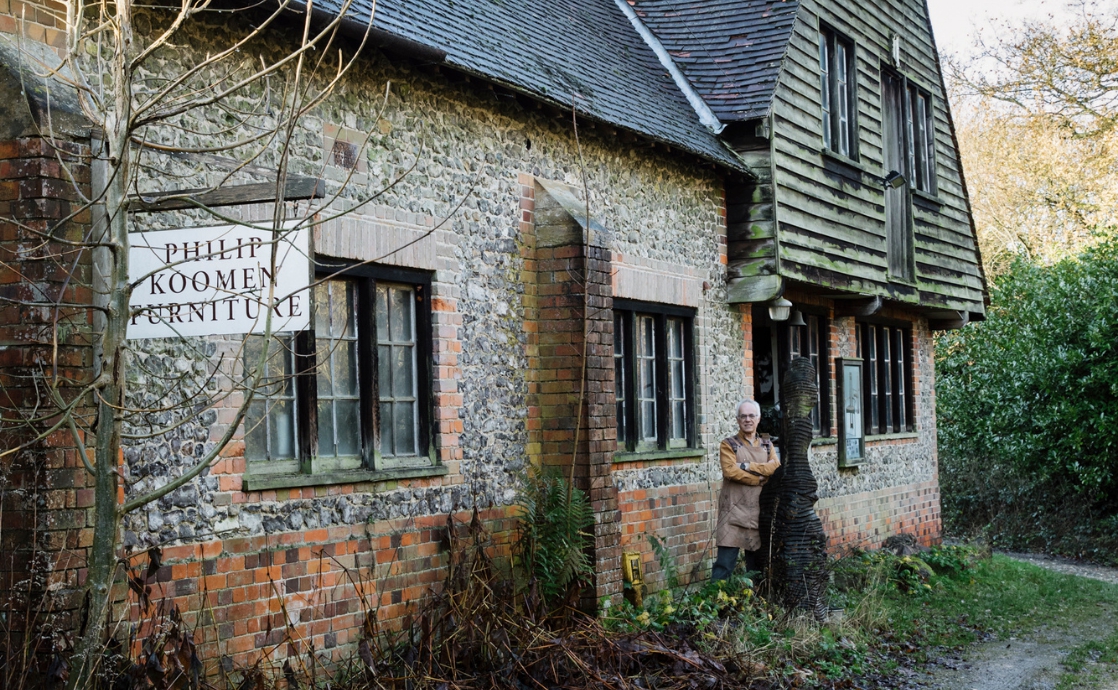
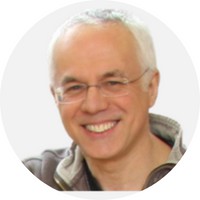


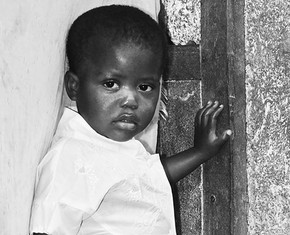









Comments
Sign in or create an account
Continue with Googleor